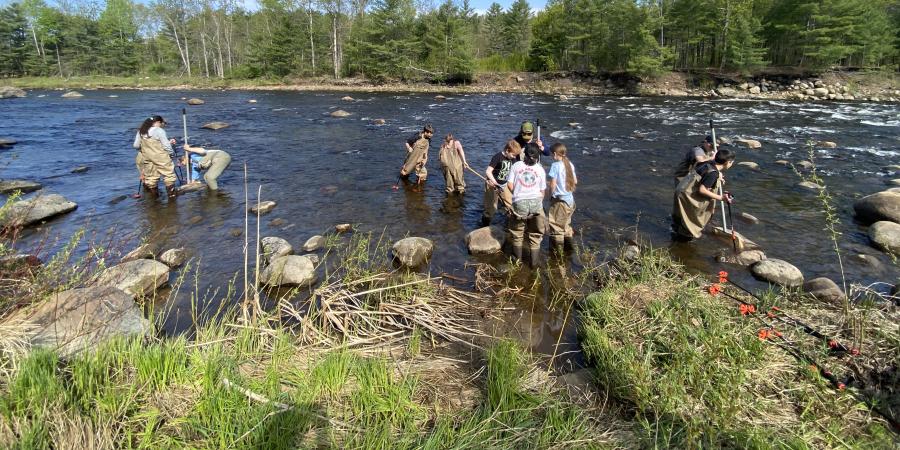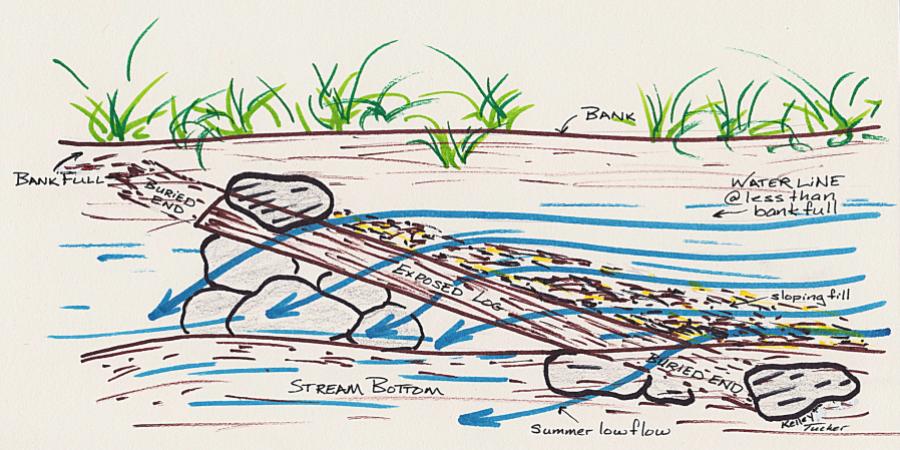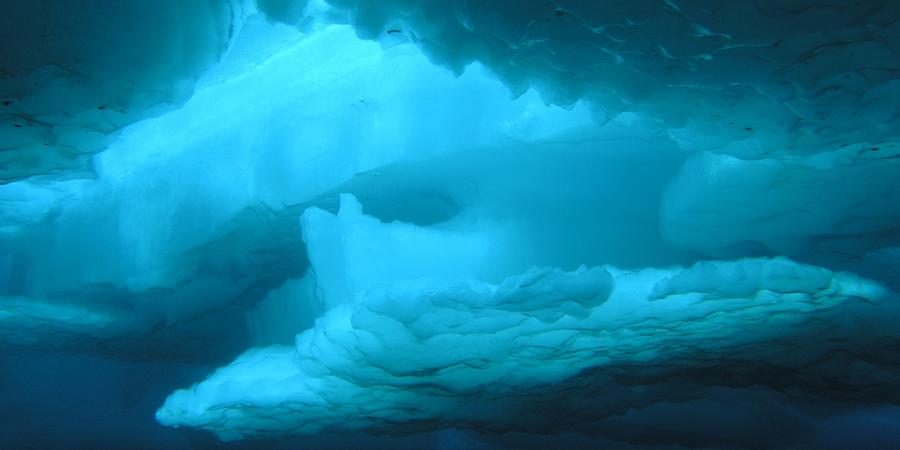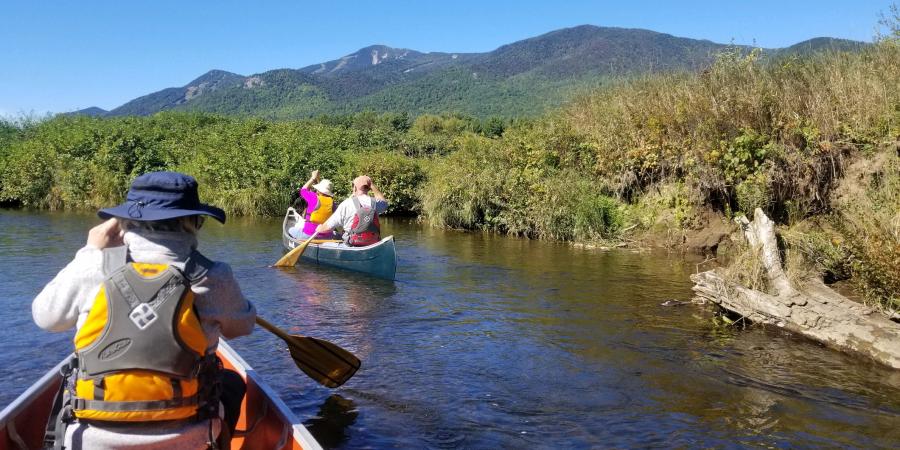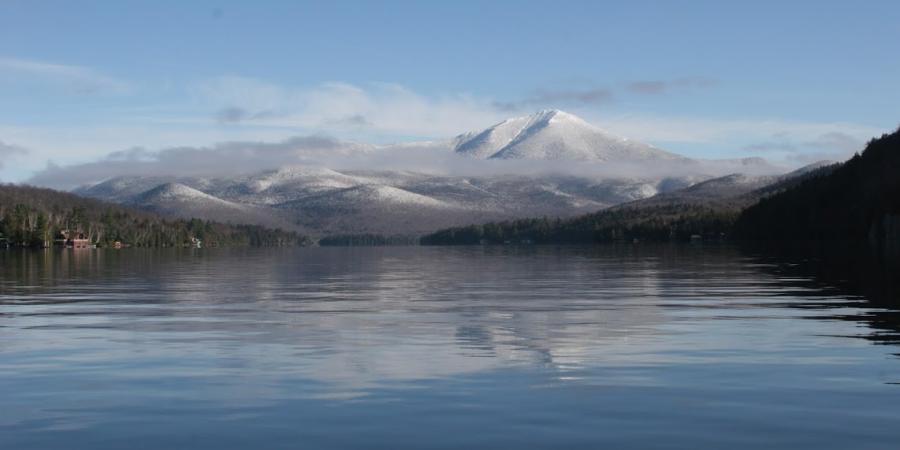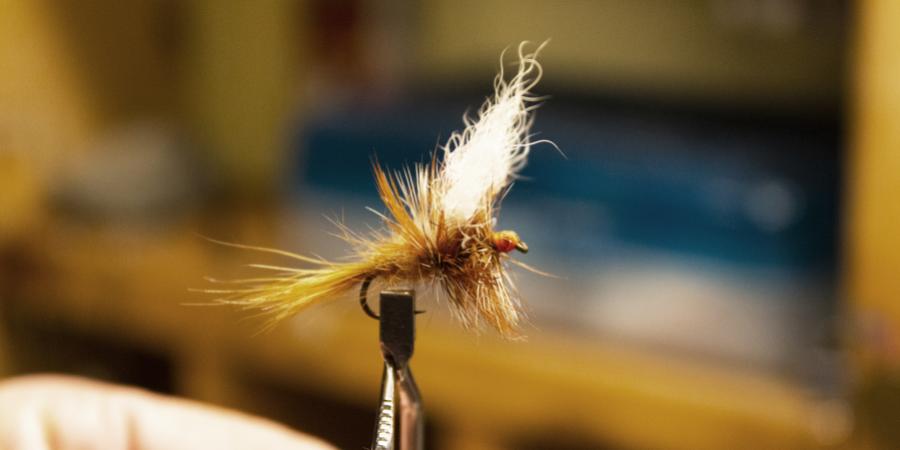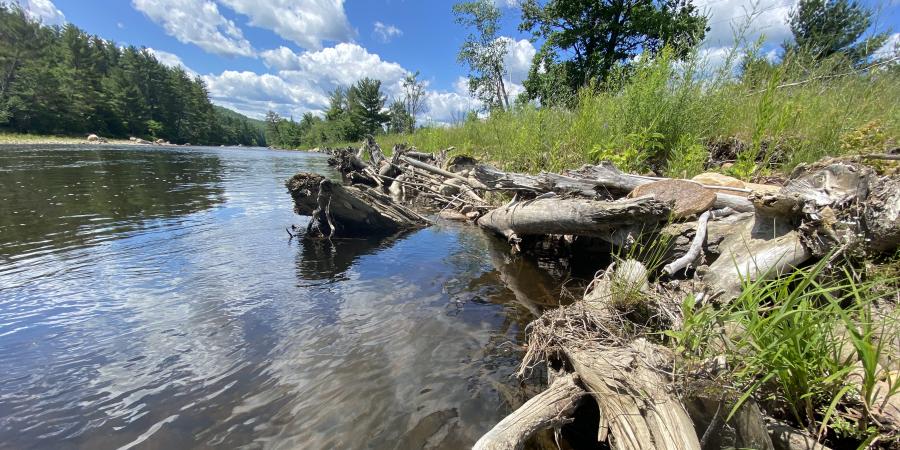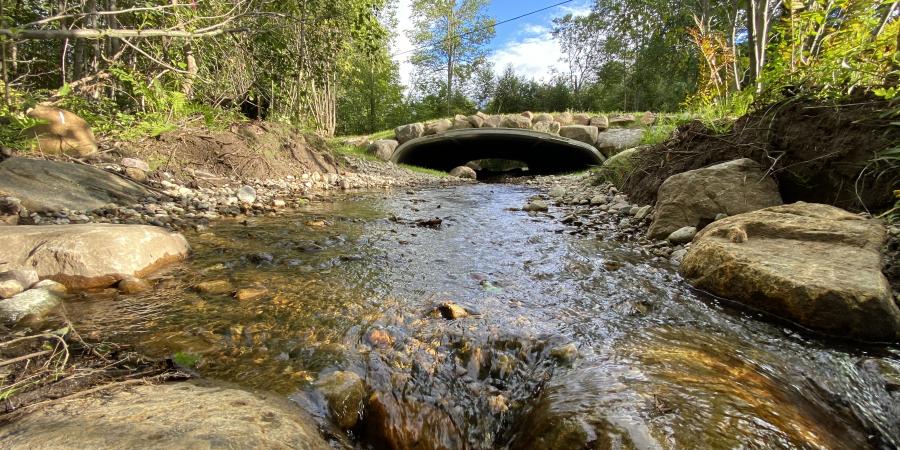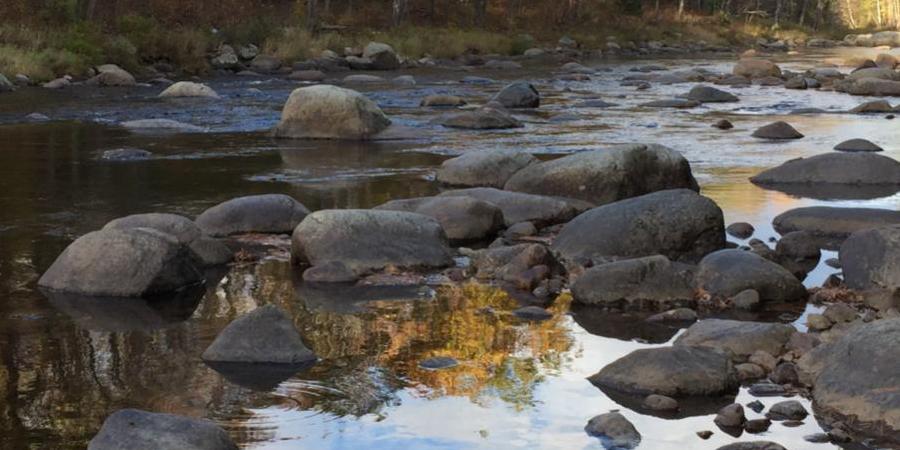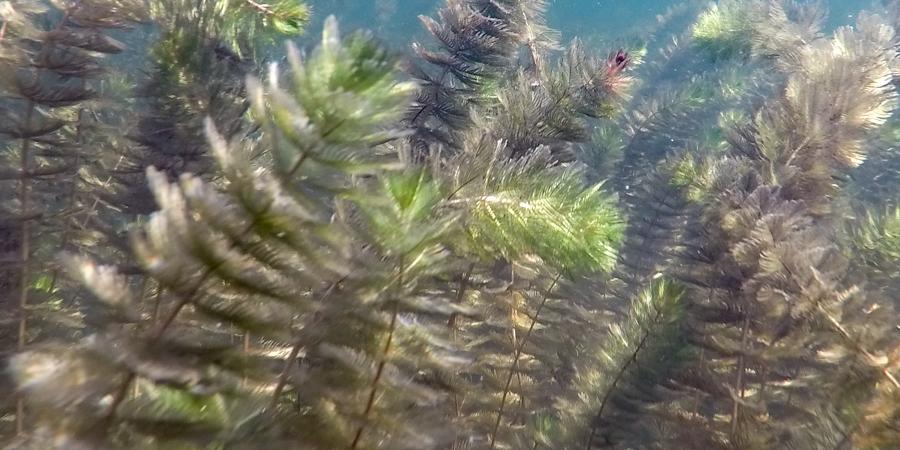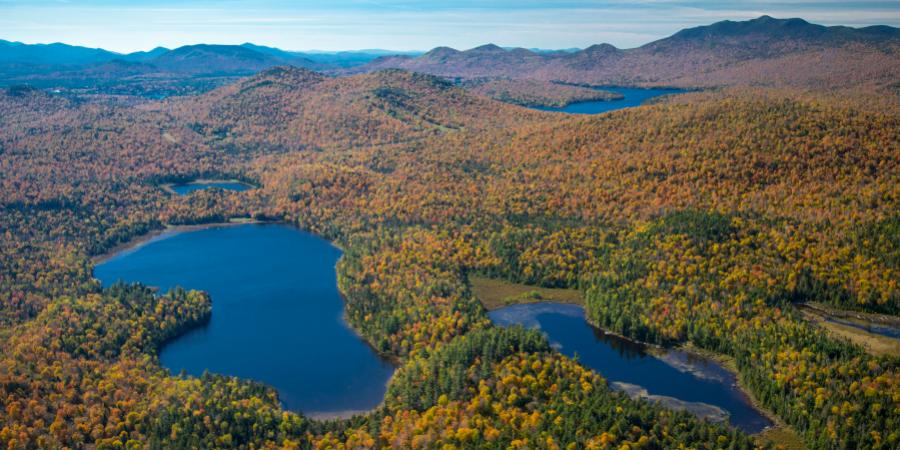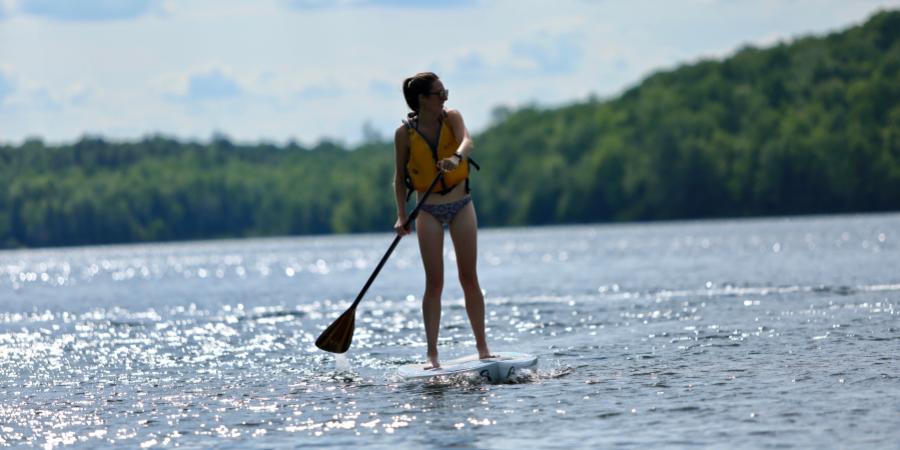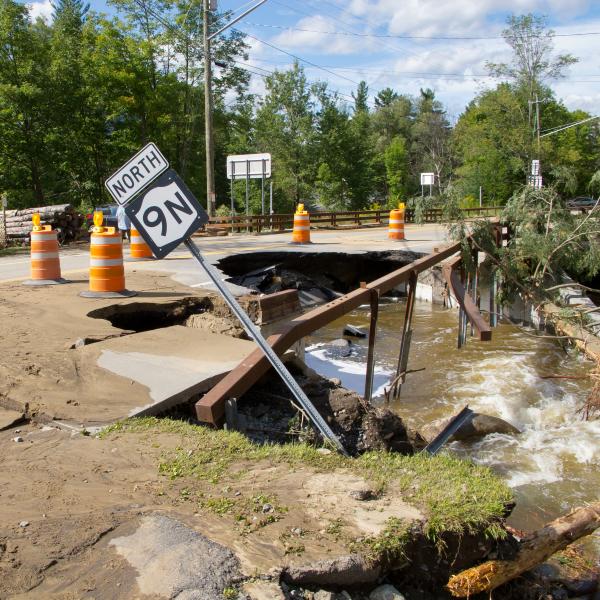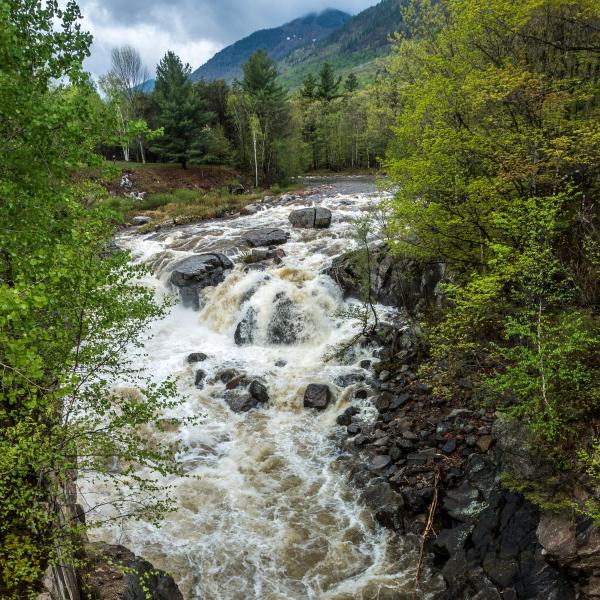Keep up with the work of Ausable Freshwater Center (AFC) staff. These stories share information about our stewardship and monitoring work, natural stream restoration, and culvert replacement techniques by highlighting specific projects in the Ausable and Boquet River watersheds of northern New York. They also give you fun facts about the plants and wildlife that live in these watersheds, as well as tips for enjoying responsible, low-impact recreational opportunities.
Oct
22
2020
A Successful Guided River Tour Season
Oct
14
2020
Partnerships for Freshwater Protection
Oct
01
2020
Best Flies for the Ausable River
Sep
17
2020
A Day in the Life: American Mink
Aug
31
2020
Building a Culvert that Frees a Stream
Aug
21
2020
How Does Hot Weather Affect Trout Fishing?
Aug
13
2020
Best Backcountry Camping Near Lake Placid
Aug
06
2020
Native and Invasive Plant Lookalikes in the Ausable Watershed
Jul
29
2020
Impact of Climate Change on Lakes: Lake Browning
Jul
23
2020
Best Places to Stand Up Paddleboard Near Lake Placid
